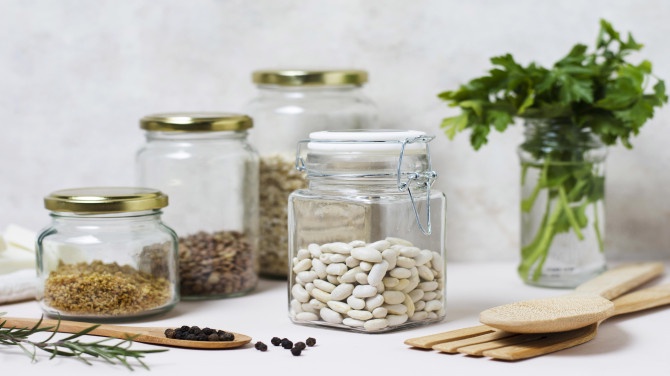Seeds are the foundation of agriculture, the tiny capsules of life that hold the genetic diversity of our crops. Seed preservation is the practice of saving, storing, and sharing seeds to ensure the continuation of diverse and resilient crop varieties. In this article, we will explore the importance of seed preservation in sustaining agriculture, the challenges it faces, and some case studies and examples of successful seed preservation initiatives.
The Importance of Seed Preservation
Seed preservation is crucial for sustaining agriculture for several reasons. First and foremost, it helps maintain genetic diversity in crops. Genetic diversity is essential for breeding new varieties that are resistant to pests, diseases, and environmental stresses. By preserving a wide variety of seeds, we ensure that we have the genetic resources needed to develop new crop varieties that can adapt to changing environmental conditions.
Seed preservation also plays a crucial role in food security. By preserving seeds, we ensure that farmers have access to a diverse range of crops, reducing the risk of crop failure and ensuring a stable food supply. Additionally, seed preservation helps preserve cultural heritage, as many traditional crop varieties are deeply intertwined with local cultures and traditions.
Challenges in Seed Preservation
Despite its importance, seed preservation faces several challenges. One of the main challenges is the loss of traditional seed-saving knowledge. As agriculture has become more industrialized, many traditional seed-saving practices have been lost, leading to a loss of genetic diversity in crops. Additionally, climate change poses a significant threat to seed preservation efforts, as rising temperatures and changing precipitation patterns can alter the distribution and abundance of plant species.
Strategies for Seed Preservation
To address these challenges, several strategies are being developed to sustain seed preservation efforts. One approach is the establishment of seed banks, which are facilities that store seeds under controlled conditions to ensure their viability and longevity. Seed banks can range from small, community-based initiatives to large, international facilities, each with its own focus and mission.
Another strategy is the promotion of on-farm seed saving. On-farm seed saving involves farmers saving and sharing seeds from their own crops, helping to maintain genetic diversity and promote local adaptation. This approach also helps preserve traditional seed-saving knowledge and practices, ensuring that they are passed down to future generations.
Case Studies and Examples
1. The Svalbard Global Seed Vault, Norway
The Svalbard Global Seed Vault is perhaps the most famous seed bank in the world. Located on the remote Norwegian island of Spitsbergen, the vault serves as a backup storage facility for seeds from around the world, preserving them in case of natural or man-made disasters. The vault currently holds over 1 million seed samples, representing a wide variety of crops and species.
2. The Seed Savers Exchange, United States
The Seed Savers Exchange is a nonprofit organization in the United States dedicated to preserving heirloom seeds. Founded in 1975, the organization has collected and preserved over 20,000 varieties of seeds, many of which are not available commercially. The Seed Savers Exchange also maintains a seed bank, where members can access seeds for their own use or for research purposes.
3. Community Seed Banks in India
In India, community seed banks have emerged as a way to preserve traditional crop varieties and promote seed sovereignty. These seed banks are managed by local communities and often focus on preserving seeds that are well-suited to local conditions. They also play a crucial role in maintaining cultural heritage and promoting sustainable agriculture practices.
Conclusion
In conclusion, seed preservation is essential for sustaining agriculture and ensuring food security. By preserving genetic diversity in crops, seed preservation helps us develop new varieties that can adapt to changing environmental conditions. Seed banks and community seed-saving initiatives play a crucial role in preserving this diversity and ensuring that we have access to a diverse range of crops for future generations.


No comments yet